Scapolite
Also: wernerite.
An isomorphous series between the endmembers marialite and meionite.
Scapolite shop
Name: from Greek skapos = rod and lithos = stone
Scapolite crystals are long and slender "rod-like" prisms
Can be confused with: due to similar colour and optical data scapolite is easy to confuse with quartz.
Localities: Tanzania, Madagascar, Burma, China, Brazil, Canada, USA
numerous other localities of little commercial value.
Handling: scapolite is sensitive to heat and acid – handle whith care during soldering. No Ultrasound!
Perfect cleavage – handle very carefully during setting.
Interesting facts: By far the most common colour is yellow. Purple scapolite and pink scapolite cat´s eye are much rarer and sought after by collectors.
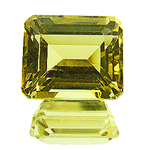
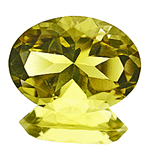
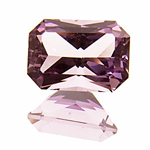
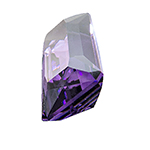
Two yellow and two rare purple scapolites from Tanzania
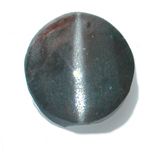
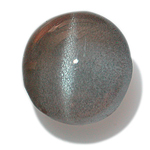
Two grey scapolite cat´s eyes from Sri Lanka
Scapolite shop
 Deutsch
Deutsch